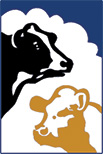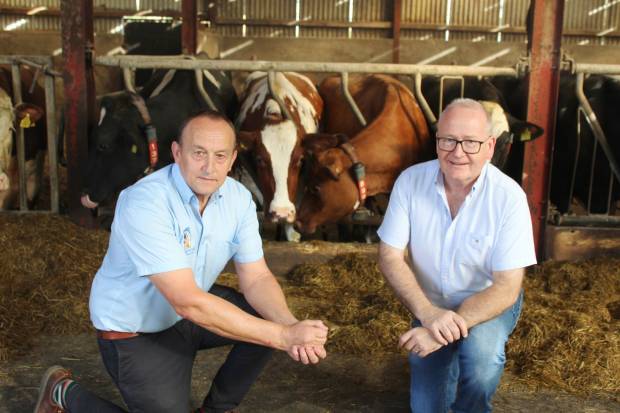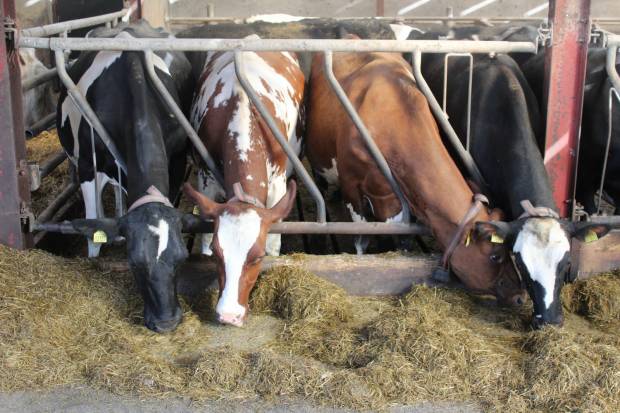The Benefits of ProCROSS breeding
Date Posted: 5th October 2023
The benefits of ProCROSS breeding were discussed at a recent open day. The event was hosted by Co Tyrone milk producer, Des Kelly. He farms close to the village of Ballygawley.
The new entrant into milk imported 80 PROCross in-calf heifers from Denmark in three batches.
The first animals were milked by a Lely A5 robot at the beginning of 2023. There are 67 calved heifers in the milking group at the present time.
A number of the heifers brought in from Denmark will be calving down for the second time over the coming weeks.
The ProCross has its origins in the United States 25 years ago. The cow type represents the result of a protracted breeding programme undertaken in that country under the aegis of Viking Genetics.
It brings together three breeds: Holstein, Montbéliarde and Viking Red.
This specific breed mix delivers for milk producers from a number of perspectives: sustainable milk yields, milk quality, longevity and fertility.
But by far the most significant benefit of ProCROSS cows is that of enhanced feed efficiency across a wide number of dietary options.
Viking Genetics’ Sven Johnsson spoke at the event. He confirmed that ProCROSS cows can deliver up to a 33% improvement in lifetime profitability, relative to all other cow types. He added:
These results were confirmed courtesy of a 3,500 cow trial, carried out in Minnesota 10 years ago.
Dairy farmers want to make money from their cows. Maximising feed efficiency is the way to achieve this. The US trial work has confirmed that ProCROSS stock can achieve this objective across a wide range of diets.
ProCROSS cow numbers have increased significantly in a number of countries across Europe over the past number of years.
Significantly, Johnsson indicated that the cows are able to make maximum use of forages.
This makes them very suited to the grazed grass and grass silage – based systems that predominate in Ireland.
Des Kelly explained that two fundamentally important decisions were made when the4 initial decision to get into milk production was made. He added:
The first was to commit to an established cross-breeding programme, where the cows are concerned: the other was to invest in a robotic milking system.
I am happy to confirm that both decisions were the correct ones to take.
At the heart of the ProCROSS breeding programme is the sequential use of Holstein, Montbéliarde and Danish Red genetics. Des Kelly added:
All the animals were imported from Denmark as in-calf heifers in three batches.
The breeding history of each animal was confirmed, going back over a number of generations.
As a result, the position of each in the ProCROSS breeding cycle can be clearly identified.
This allows me to select the specific breed of sire to be used on each animal in order to maintain the full impact of ProCROSS programme across the next and future generations of cows on the farm.
The animals currently on the robot are averaging 32.3L per day at 4.27% butterfat and 3.35% protein.
The open day was jointly hosted by Ai Services (Northern Ireland) Ltd. Company breeding manager, Ivan Minford, commented:
There is a growing demand for medium-sized cross bred cows that will deliver significvant volumes of high quality milk over a long number of lactations.
The ProCROSS option meets this requirement in a more than meaningful way.
One of the most insightful commentaries of the day was provided by Lely’s Tommy Johnston.
He confirmed that the animals coming into the robot while the event was taking place were recording an average milking speed of 3kg/minute, adding.
The average figure for Northern Ireland is 2½kg. This faster milking speed is the reason why a single robot can cope with 65 plus cows within the same group.



